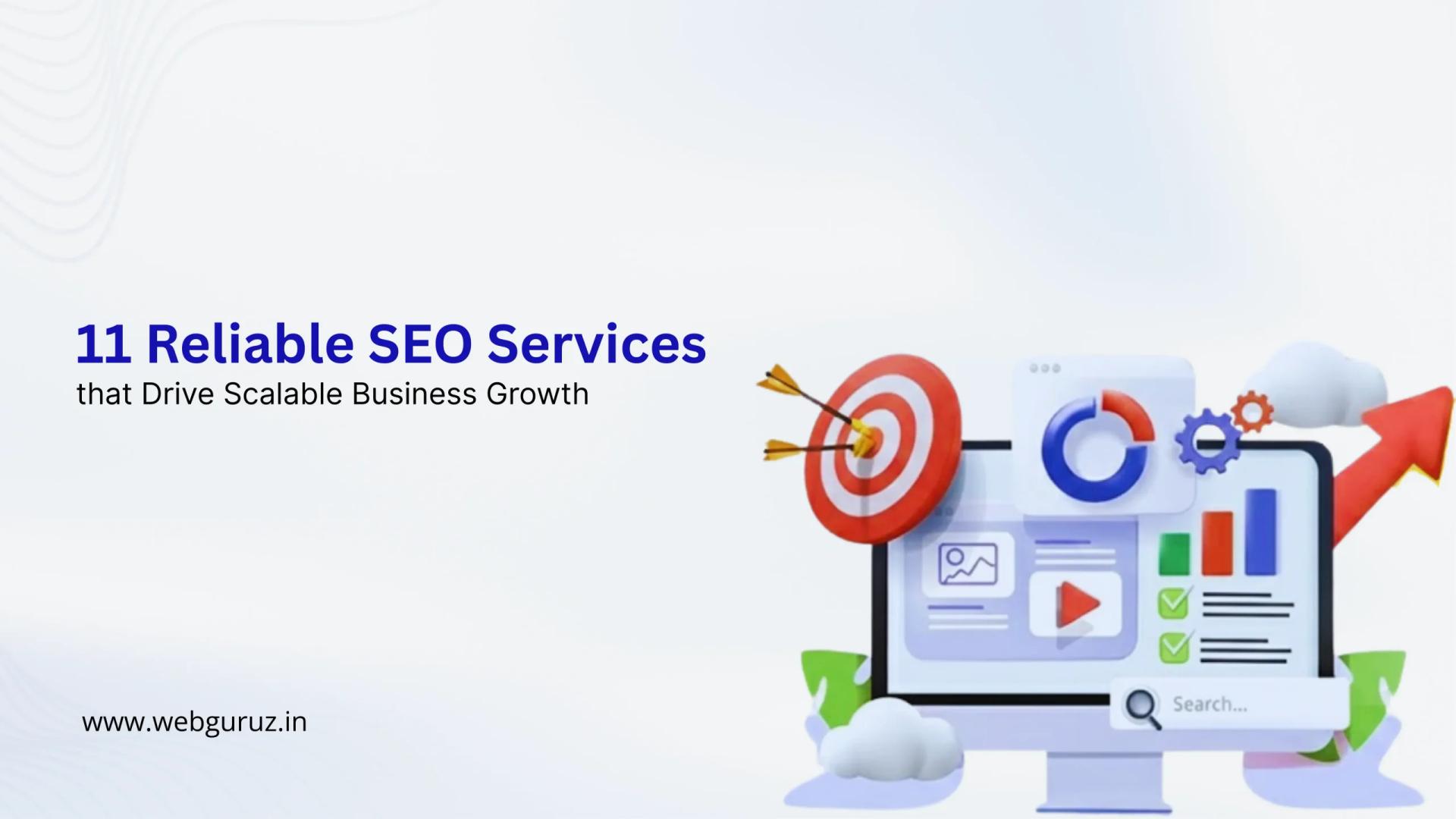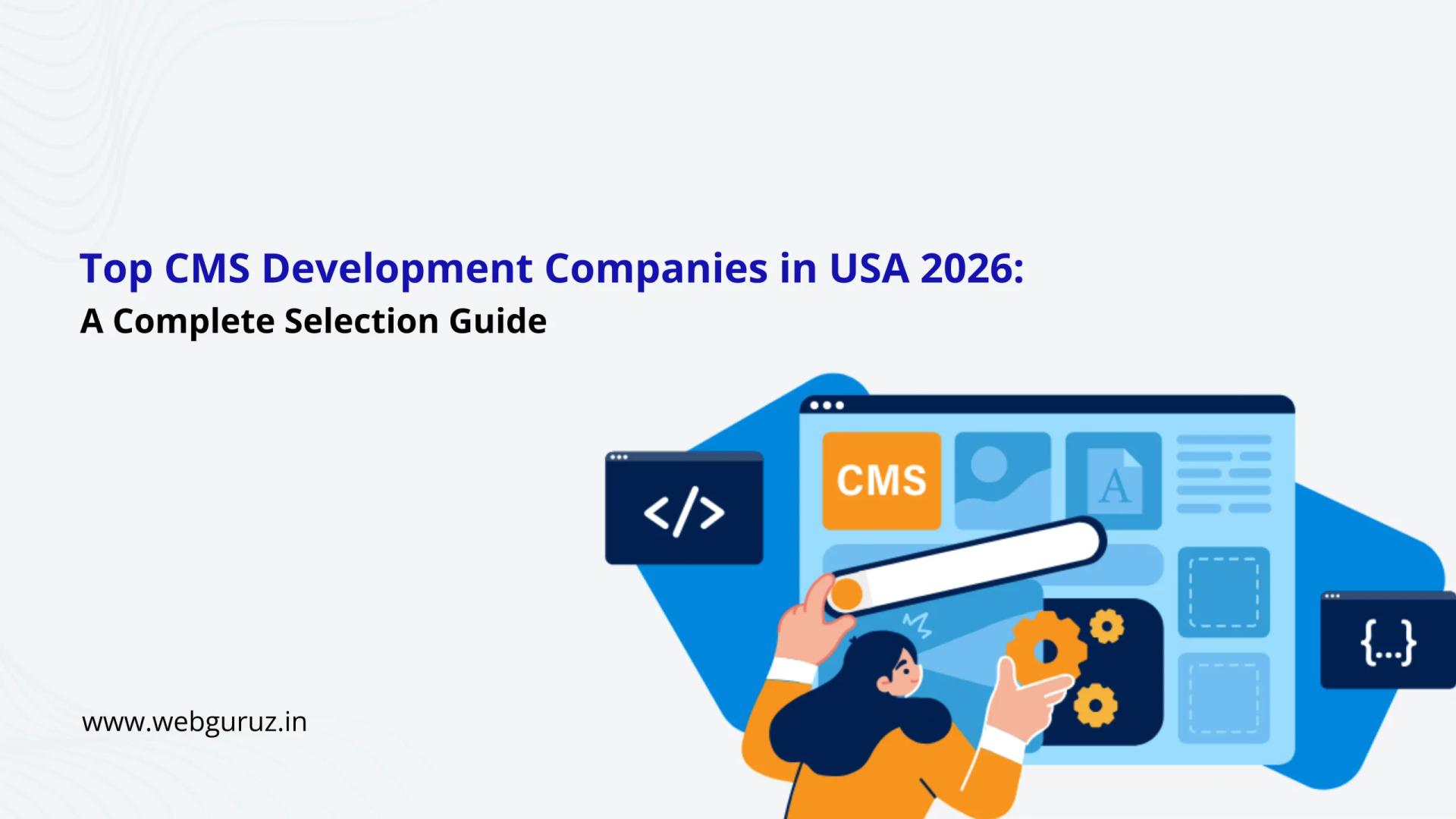Dilpreet Kaur
2026-01-06
7 min read
11 Reliable SEO Services that Drive Scalable Business Growth
Growing a business online requires more than just having a website and hoping people will find it.
Read More
iOS app development requires knowledge of the iOS development environment, which includes Xcode, the integrated development environment (IDE) used to develop iOS apps, as well as the iOS SDK (Software Development Kit) and programming languages like Objective-C or Swift. And to be a successful iOS developer, it is important for you to have an understanding of these things.
You have several options for developing iOS apps, including native development with Xcode and Objective-C or Swift or using third-party tools like React Native, Xamarin, or Flutter. Choosing the right platform depends on your skills, project requirements, and development timeline.
Apple has strict guidelines for iOS app development, which cover everything from design guidelines to app submission guidelines to review guidelines. Make sure to review these guidelines before starting development to ensure that your app meets Apple’s requirements. This will help you develop apps that get listed on the app store in the first go.
Understanding your app’s target audience is critical to developing an app that meets their needs and preferences. To count yourself among the most skilled Apple developers, it is important to consider factors like age, gender, location, interests, and behavior when designing your app.
The app architecture you choose will depend on your app’s complexity and requirements. Popular app architectures include Model-View-Controller (MVC), Model-View-Presenter (MVP), and Model-View-ViewModel (MVVM).
Optimizing your app for performance involves reducing app load times, minimizing app size, and optimizing app responsiveness. You can achieve this by using efficient coding practices, compressing images, and using appropriate libraries and frameworks.
Thorough testing is essential to ensure that your app works as intended and provides a good user experience. Test your app on multiple devices, use automated testing tools, and solicit feedback from beta testers to identify and address any issues.
Apple App Store stands ahead of Google’s Play Store when it comes to revenue generation. And being an iOS developer, your topmost priority should be planning for app monetization early in the development process. Doing so can help you generate revenue from your app. Popular monetization strategies include in-app purchases, subscription models, and advertising.
Most iOS developers use Swift and Objective C preferably, to build apps that run on iOS, iPadOS, tvOS, macOS and watchOS. However, there are more languages on the list as well.
Objective-C has been around for many years and was the primary language used for iOS app development before the introduction of Swift. Objective-C is a general-purpose, object-oriented programming language that is used primarily for developing iOS and macOS applications. It is a superset of the C programming language and includes features like dynamic binding and message passing, which are essential for developing iOS applications. Objective-C is still in use and remains relevant today, particularly in legacy projects.
Pros:
Cons:
Swift is a more modern language that was introduced by Apple in 2014 as a replacement for Objective-C. It has gained popularity due to its modern syntax, safety features, and performance. Swift is a powerful, intuitive, and easy-to-learn programming language that is designed specifically for iOS and macOS app development. Its simple syntax and powerful features make it an excellent choice for new and experienced developers. Swift was introduced to overcome some of the limitations of Objective-C, and it has quickly become the go-to language for iOS app development.
Pros:
Cons:
C++ is a general-purpose programming language that has been around for over 30 years. It is fast, efficient, and a lot of iOS app developers have been using it for developing iOS apps. C++ is often used in game development and other performance-critical applications.
Pros:
Cons:
Python is a high-level, general-purpose programming language that is often used for data analysis, machine learning, and artificial intelligence applications. Python
can be used for iOS app development, particularly for scripting and automation tasks.
Pros:
Cons:
Kotlin is a modern, cross-platform programming language that is designed to be more concise and less error-prone than Java. Kotlin can be used for developing both Android and iOS apps.
Pros:
Cons:
A majority of Apple Developers face challenges in iOS development. This can range from compatibility issues to app store guidelines, security issues, optimisation, and more. Here is a brief overview of the same:
Developing an app for iOS requires considering the compatibility of the app with different versions of the operating system, as well as different types of Apple devices. Developers need to make sure that the app works seamlessly across various devices and operating system versions.
Apple has strict guidelines for apps that are submitted to the App Store, and iOS app developers need to make sure that their app complies with these guidelines. This can sometimes be a challenge, as the guidelines can be complex and subject to change.
iOS apps need to be secure to protect user data and prevent malicious attacks. Apple developers need to ensure that the app implements proper security measures and encryption protocols, which can sometimes be a challenge.
iOS apps are expected to have a polished and intuitive user interface. This requires careful attention to design and usability, as well as ensuring that the app performs well and is responsive to user input.
Apple devices have a reputation for fast and efficient performance, and users expect apps to be optimized for performance. This can be a challenge for iOS developers, who need to ensure that the app runs smoothly and doesn’t drain too much battery or use too much data.
Many iOS apps rely on integration with other services, such as social media platforms, payment gateways, and third-party APIs. Developers need to ensure that these integrations are seamless and don’t compromise the security or performance of the app.
Testing is an important part of the iOS app development process, and developers need to ensure that the app is thoroughly tested to identify and fix any issues. However, testing can be a time-consuming and complex process, particularly for apps that have many features or rely on integrations with other services.
According to statistics, more than 85% of iOS users use the latest version of the OS. This means that your app or update needs to be bug-free and responsive. There’s no chance for mistakes. Having said that, below are some mistakes to avoid while working on your next iOS app:
User experience is a critical part of iOS app development. Focusing solely on functionality and neglecting the user experience can lead to a poorly designed app that is not intuitive to use, and users may quickly lose interest.
Testing an iOS app is critical before launching it on the market. Failing to thoroughly test the app can lead to bugs and other issues that negatively impact the user experience. Developers need to test the app across various devices, operating system versions, and network conditions to ensure it performs well in all situations.
iOS apps should be simple, intuitive, and easy to use. Overcomplicating the app by adding too many features or making the app too complex can lead to confusion and a negative user experience.
Writing inefficient code can lead to poor performance, which can frustrate users and lead to negative reviews. iOS developers need to optimize the app’s code to ensure it runs smoothly and efficiently.
Apple’s guidelines for app development are constantly evolving, and Apple developers need to stay up-to-date with these changes to ensure their apps comply with the latest standards. Failing to comply with these guidelines can lead to rejection from the App Store or negative user reviews.
Many iOS apps rely on integration with third-party services, such as social media platforms or payment gateways. Poor integration with these services can lead to issues such as security vulnerabilities or poor performance.
iOS apps should be designed to evolve and adapt over time. Failing to consider the future can lead to an app that quickly becomes outdated or unable to meet changing user needs. iOS app developers should design the app with future updates and improvements in mind.

Dilpreet Kaur
2026-01-06
7 min read
Growing a business online requires more than just having a website and hoping people will find it.
Read More
Dilpreet Kaur
2026-01-02
7 min read
Revenue Operations, or RevOps, has become the backbone of how successful businesses operate today.
Read More
Dilpreet Kaur
2026-01-02
7 min read
Finding the right partner for your website isn’t like ordering pizza.
Read More